Skara Brae: The prehistoric village on Orkney that's older than Great Pyramid of Giza
The best-preserved Neolithic settlement in Europe isn't in a French cave or an Italian hillside; it's Skara Brae on Orkney, far beyond the north of Scotland.
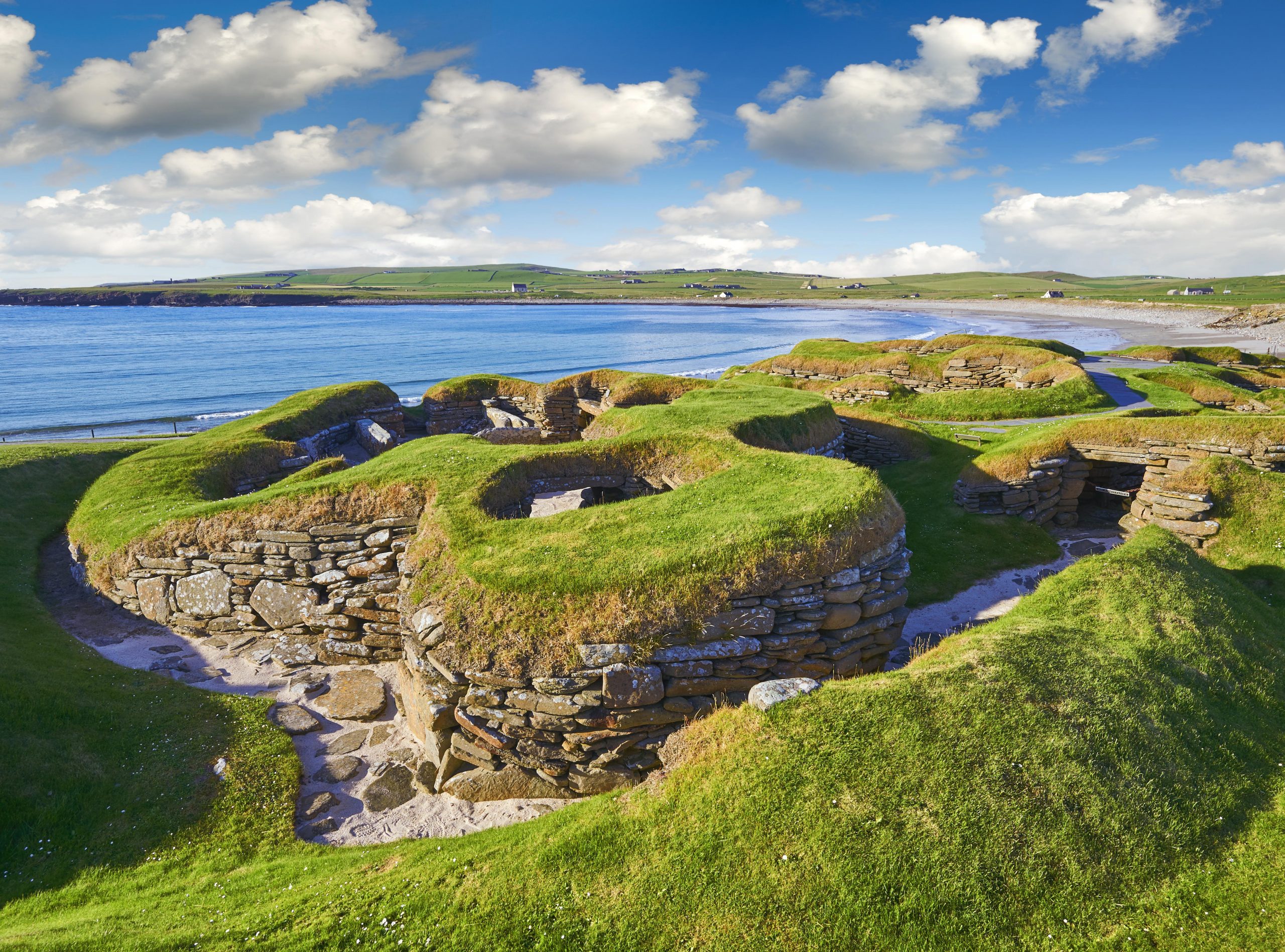
In 1850, a great storm swept across Orkney, tearing a layer of soil and sand off a site beside the Bay of Skaill and revealing the remains of a Stone Age village. Upon excavation, it was found to be the most complete in Northern Europe.
The first houses were built about 5,000 years ago, which makes them older than Stonehenge, or any of Egypt's pyramids.
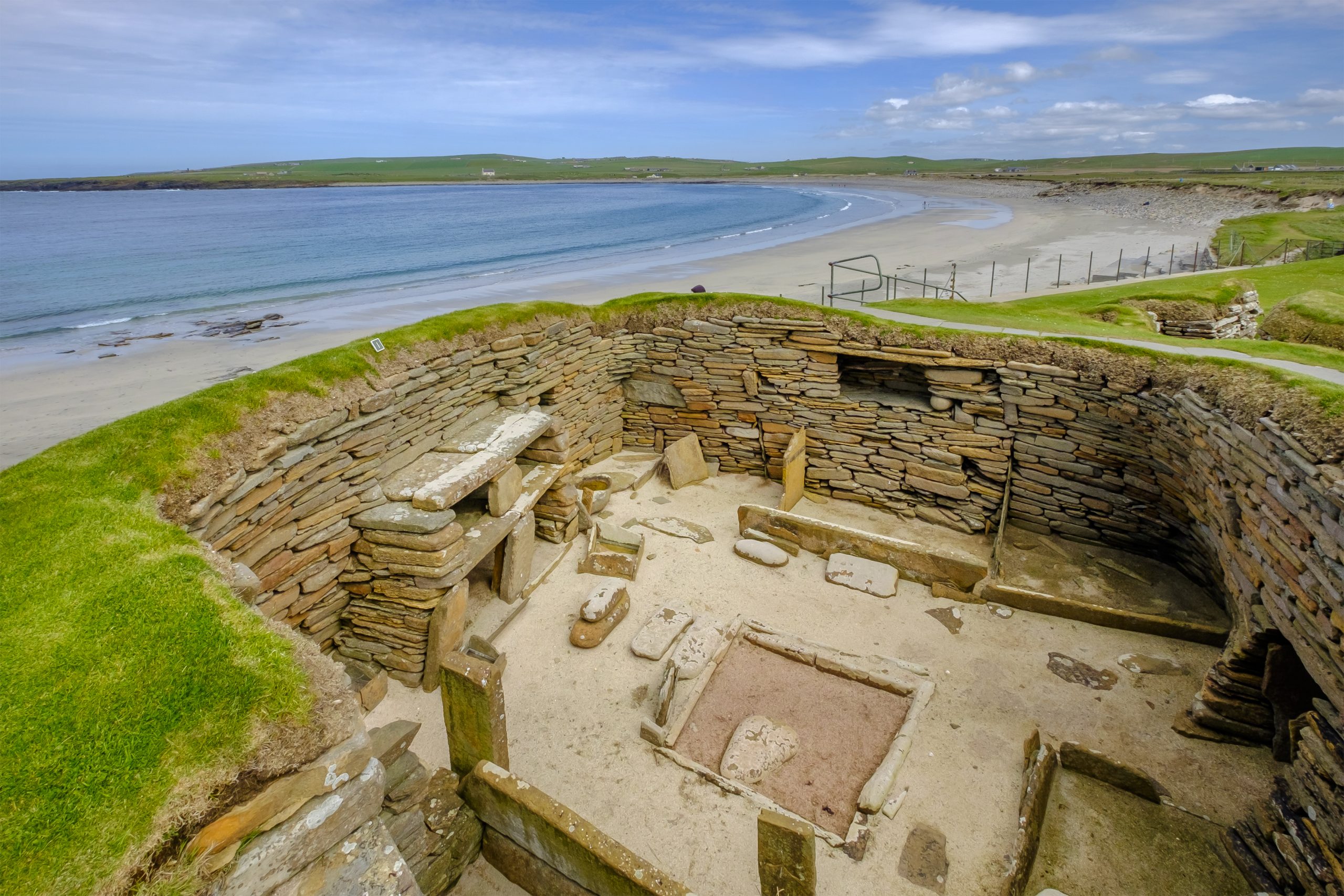
They were built into middens — a compost made of household waste and animal dung, strengthened with pebbles, bones and shells, which dried to form a strong material, like a weaker concrete.
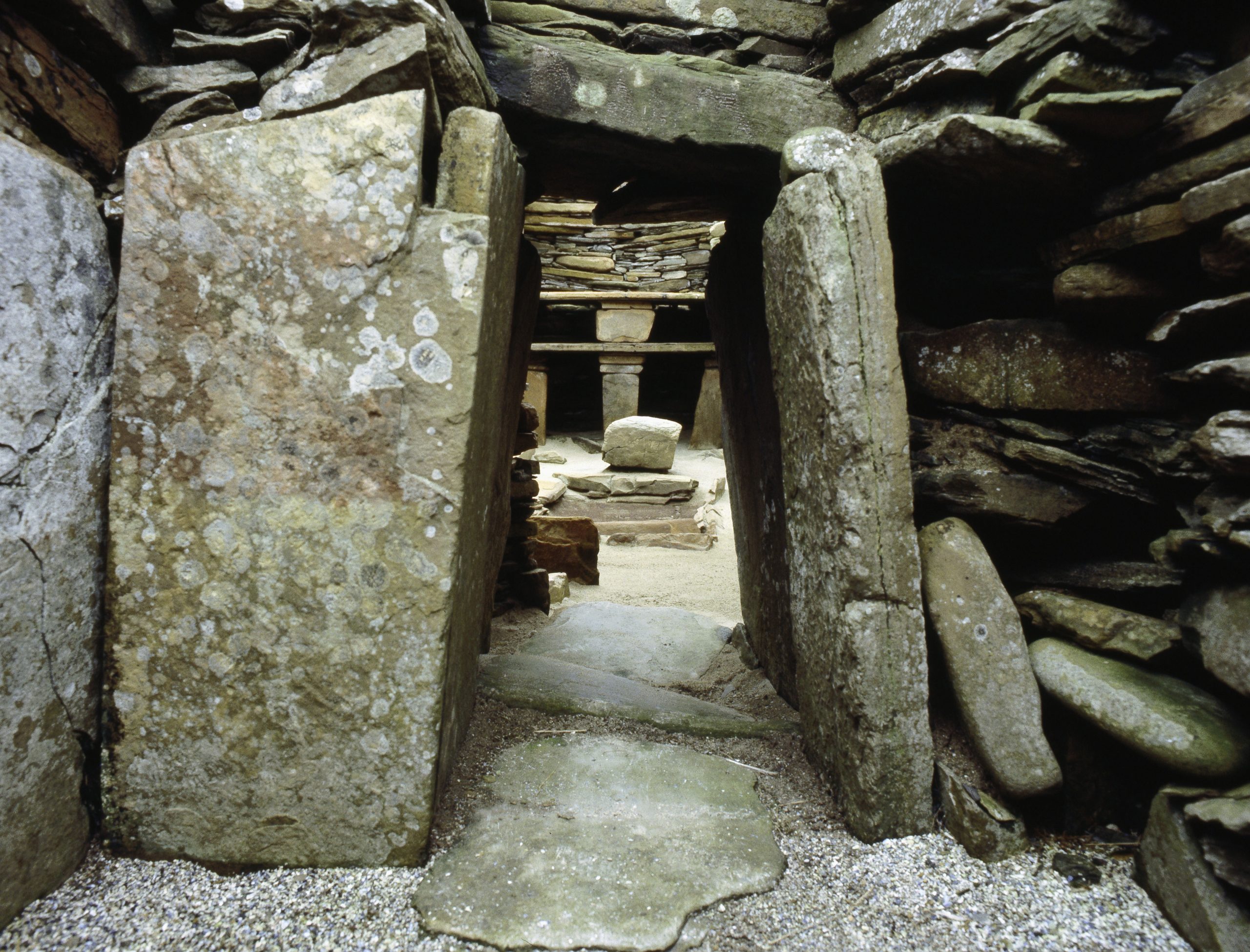
Furniture was made not out of wood — there are few trees on windswept Orkney — but sheets of local stone. The community living here was peaceable, with apparently no use for weapons and little obvious hierarchy, as all the houses are the same size.
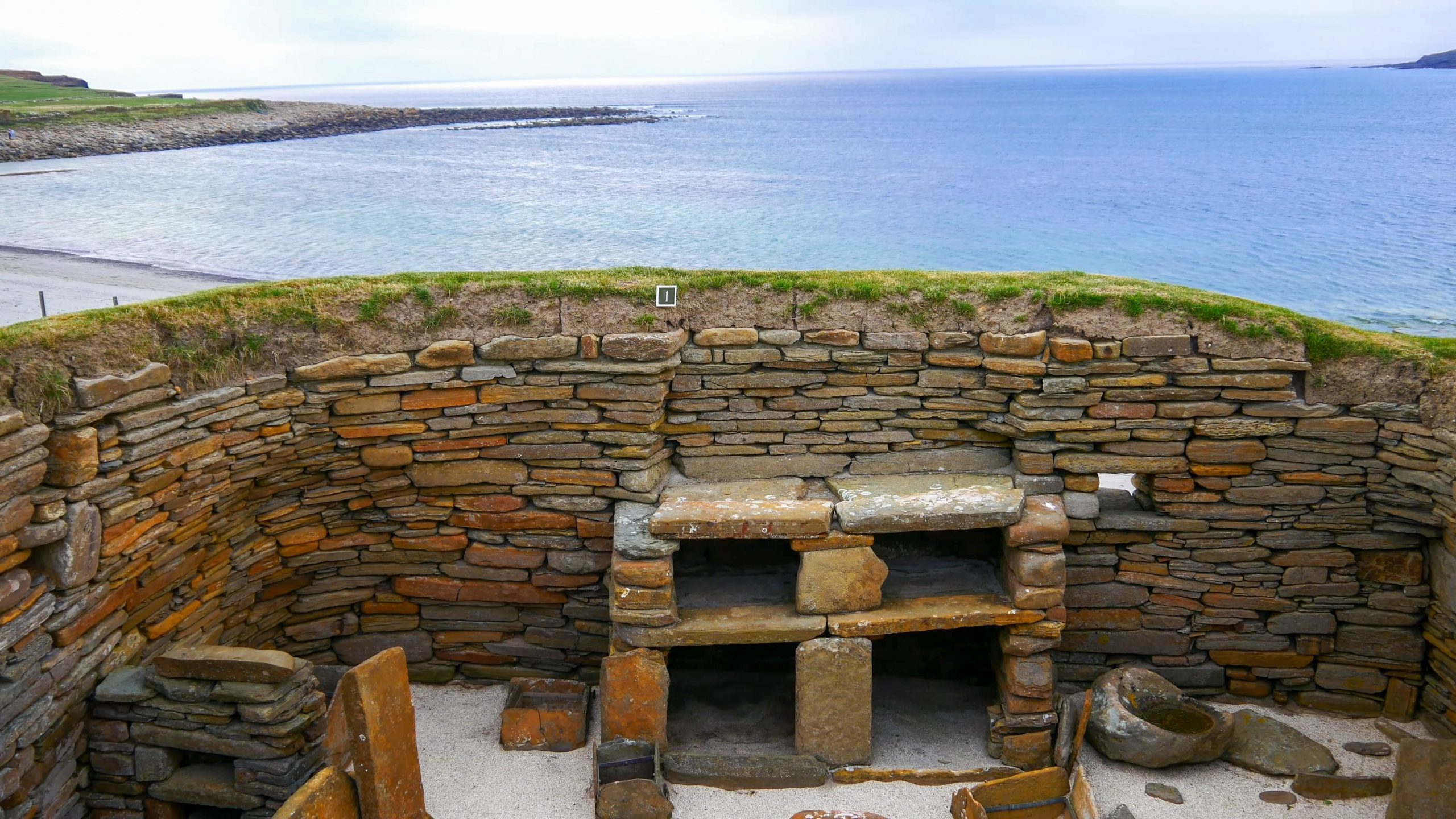
How to visit Skara Brae
Orkney has dozens of smaller islands in the chilly seas that surround it, but thankfully Skara Brae is on the main island, on the western coast and a 17-mile drive from Kirkwall. The site the site is open all year round, and adult tickets cost between £7.50 and £10.50 depending on the season. The website at www.historicenvironment.scot/visit-a-place/places/skara-brae has more details.
Getting to Orkney itself is something of a marathon if you use the train, bus and ferry routes, but there are direct flights to Kirkwall from Aberdeen — and from there it's simple to connect to the rest of the world.
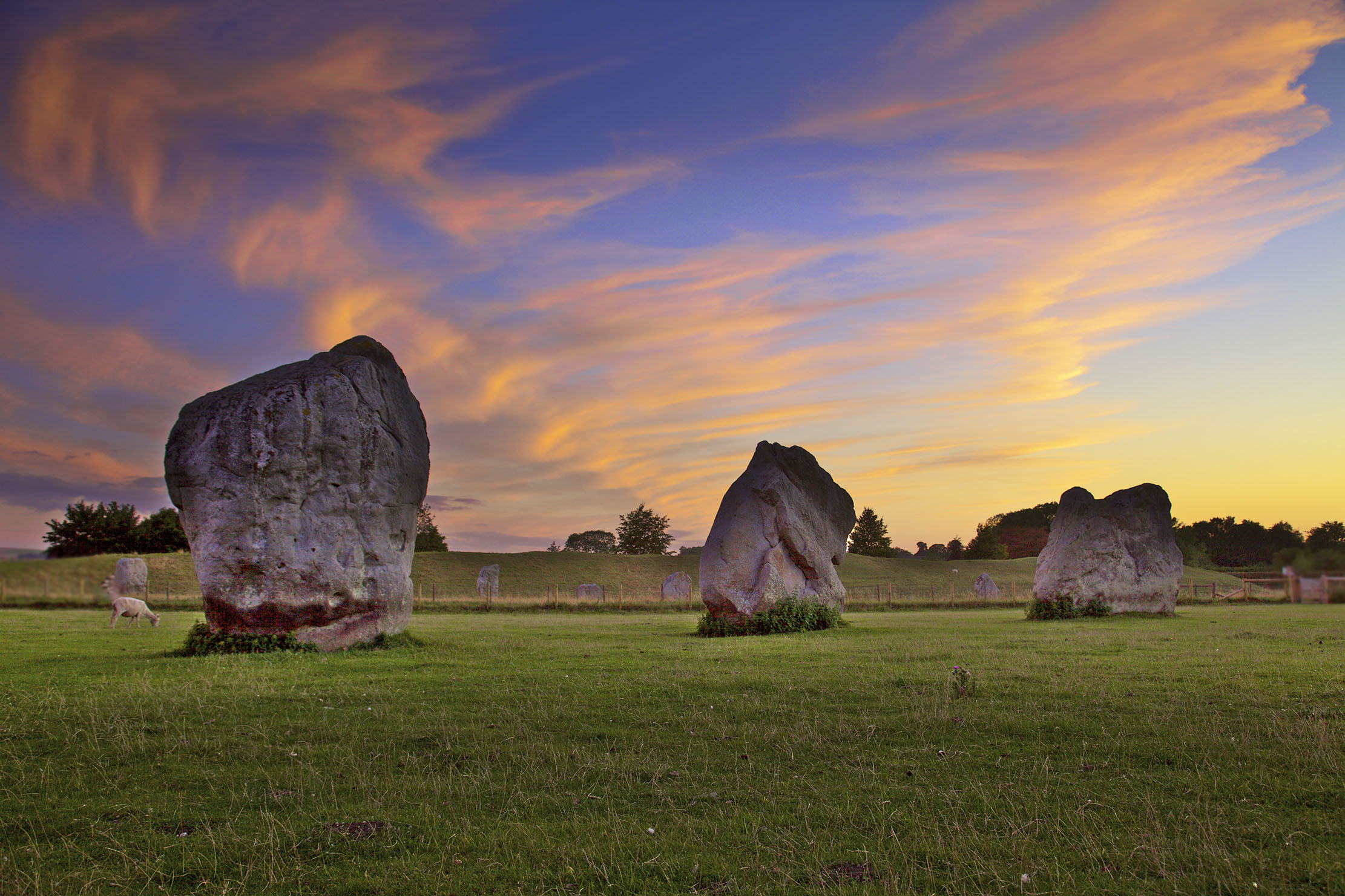
Avebury stone circle in the time of Covid: 'It’s so quiet I have the stone circles almost to myself'
Fiona Reynolds takes a walk through the normally-busy Neolithic stone circle, discovering things not normally noticeable among the crowds of
Exquisite houses, the beauty of Nature, and how to get the most from your life, straight to your inbox.
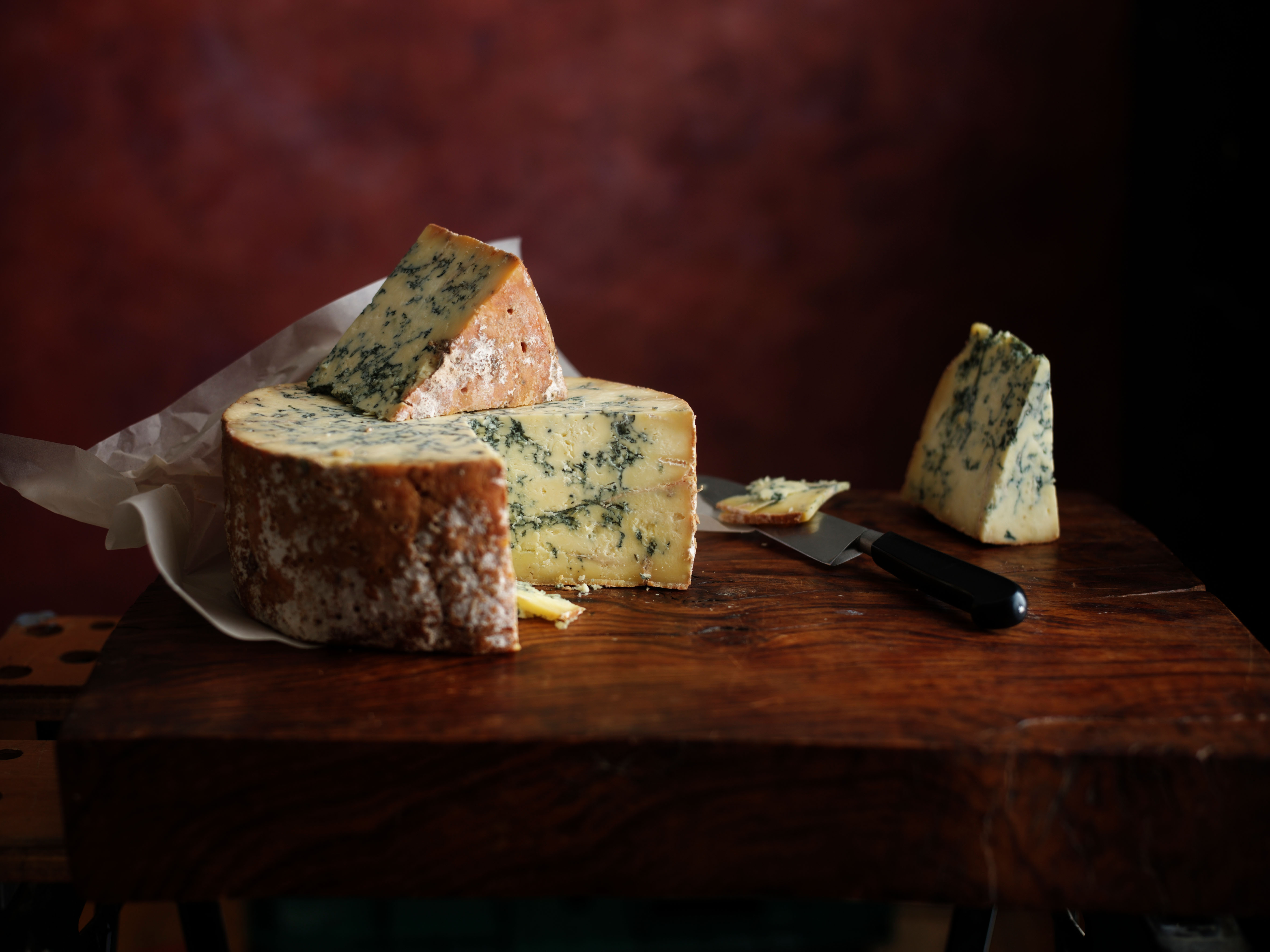
Prehistoric Britons loved eating cheese 6,000 years ago, according to new finds
A team from the University of York have found evidence of milk consumption in prehistoric British farmers.
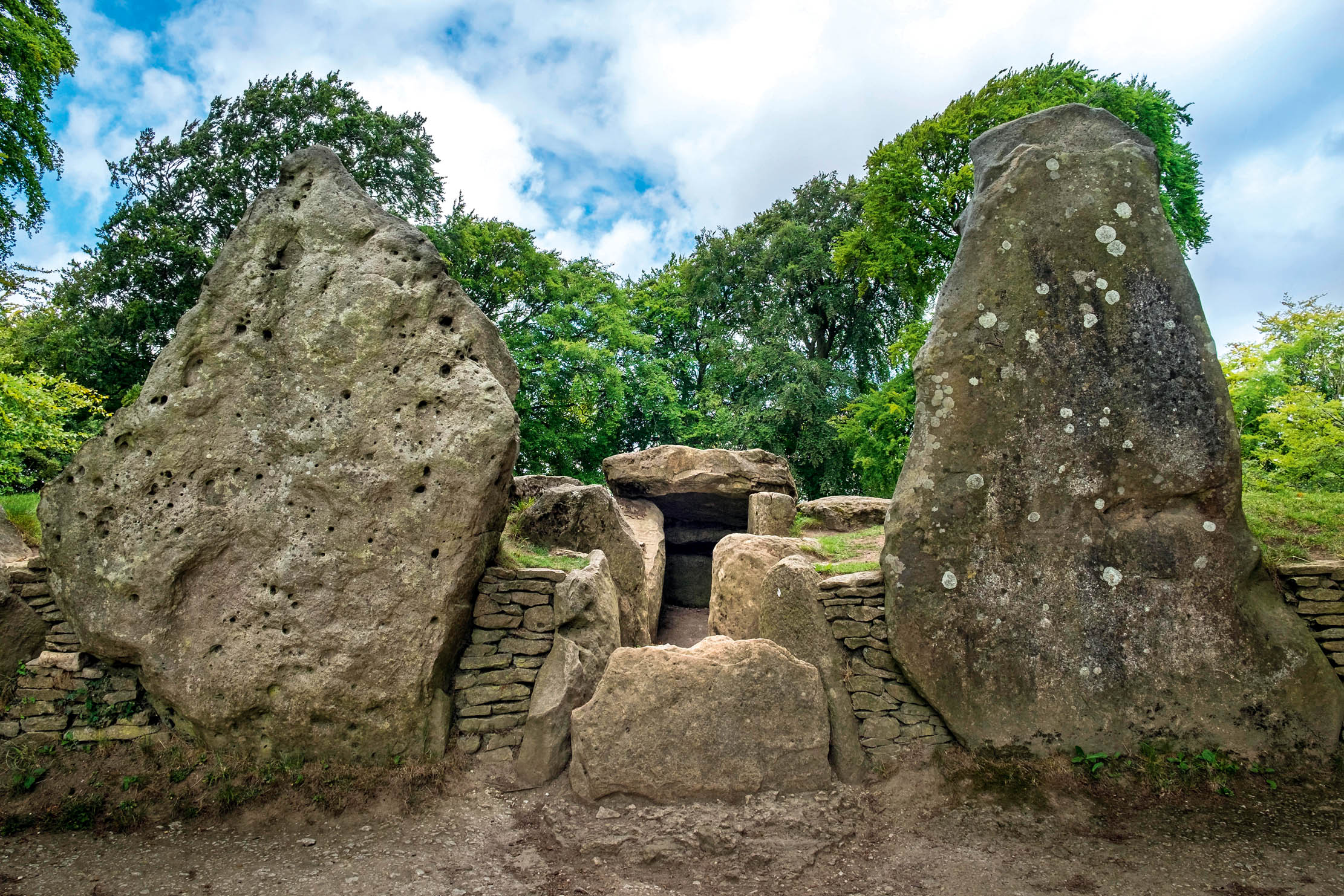
Curious Questions: What is a barrow? The burial mounds that pre-date Stonehenge by seven centuries
Long or round, large or small, prehistoric tumuli dot the countryside. Vicky Liddell explores the history, folklore and literary influence
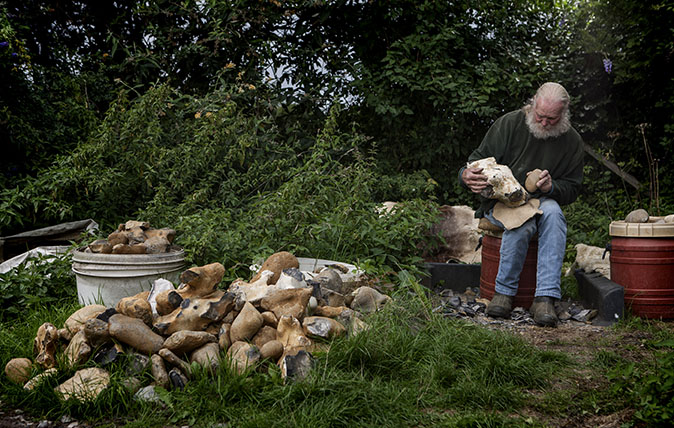
The flint knapper: ‘They used to make prisoners do it, but I do it for fun and manage to make a living'
John Lord is one of very few people in Britain who makes a full-time living out of only one stone,